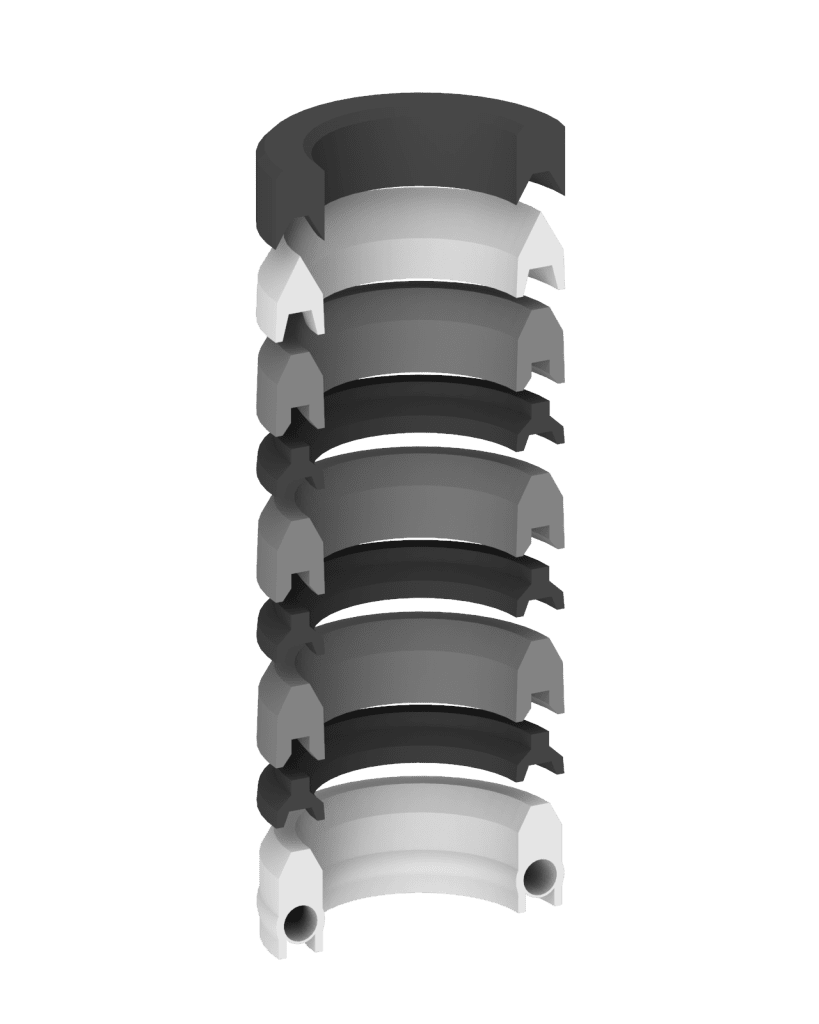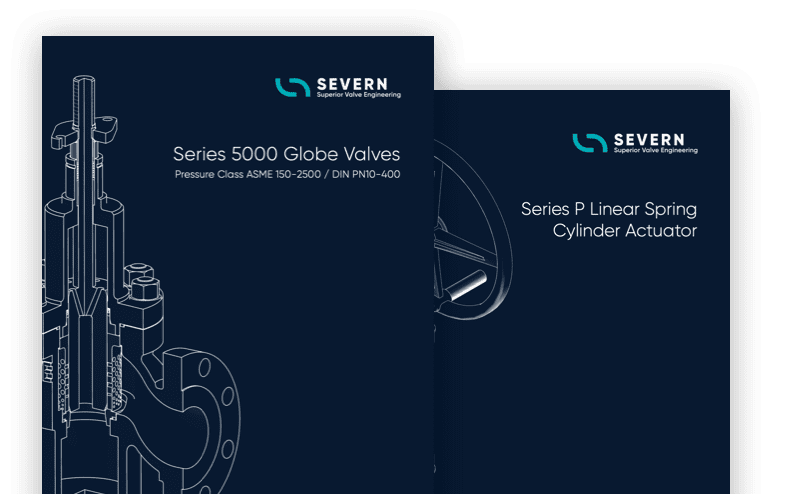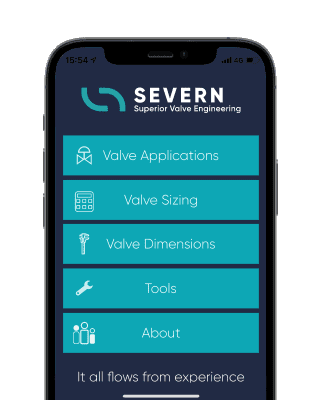Operators are under increasing focus on reducing fugitive emissions for both onshore and offshore assets, to reduce harmful emission to achieve their core imperatives of safe operations and minimum downtime.
Fugitive emissions is a hot topic that will only become more critical in the environmentally conscious world we now live in. Fugitive emissions are a leak of gas or vapour, normally due to poor maintenance or packing sets being utilised without a true understanding of the application, leading to potential product performance issues and a variety of costly, detrimental failures.
How are Severn meeting the challenges of emission control?
Severn have been investing a significant amount of R&D to address fugitive emissions in Control valves and their application requirements. By utilising a range of materials from filled graphite through to custom PTFE based compounds, Severn have, coupled with novel packing designs, been able to achieve tighter leakage rates than had previously achieved with standard packing sets. We have reduced control valve emission leaks to a minimum across our whole product range, without impacting on product performance and reliability.

The performance of valves with fugitive emission sealing systems are a critical consideration for the operator. Traditionally compression packings were simply tightened to ensure the seals were effective. This can increase friction reducing valve performance and controllability and leading to potential total valve failure.
Thanks to extensive testing carried out as part of Severn’s ongoing product research and development, we now have packing sets that achieve classes ISO 15848-1 A, B & C with valve processes from -196°C to +425°C and at pressures up to 10000PSI on both linear and rotary control valves.
An important consideration to take is that the operation cycles for an isolation valve to ISO 15848-1 can be as little as 201 cycles, while a control valve will have to achieve at least 20000, making the reliability of the sealing system a significant consideration and often necessitates a specifically designed sealing system. It is important that the correct specification is identified, Severn’s applications experts are on hand to help with this, drawing upon our unrivalled bank of valve and application data that forms part of Severn’s Repair Intelligence.
Working together with the client and implementing over 60 years of engineering excellence and valve knowledge we have at Severn, we ensure that true application needs are identified so that correct components are utilised in the product, avoiding the packing sets which may not be suitable for the application which could lead to significant valve performance issues.
Implementing these procedures and working with the client will help to achieve lower emissions from the valves population, which is a core imperative for our clients, with the global commitment to reduce harmful emission output on the back of COP26.
Severn also offer the ability to utilise its significant experience in sealing systems to retrofit customers existing valves from all OEM’s with innovative high integrity packing systems.
Meeting the challenge of fugitive emissions is just one of many methods that we help you, as our client, to meet your core imperatives of safe operations and minimum downtime.
If you have are having valve performance issues that are affecting your production capabilities, contact us today via the button below.
More News
All News- Posted: 22 July 2024 Severn’s OCT TOV Butterfly Valve Exceeds Fire Safety Testing
- Posted: 15 July 2024 Severn’s OCT TOV Butterfly Valve Goes Beyond Meeting Safety Accreditation
- Posted: 8 July 2024 Exploring Cavitation and Its Impact on Valves
- Posted: 1 July 2024 Control or Isolation – Why Are They Different?
- Posted: 24 June 2024 Understanding the Innovative Oblique Cone Technology in Severn’s OCT TOV Butterfly Valve
- Posted: 17 June 2024 Severn Combines Engineering Excellence and Heritage to Develop a Superior Butterfly Valve Range.


